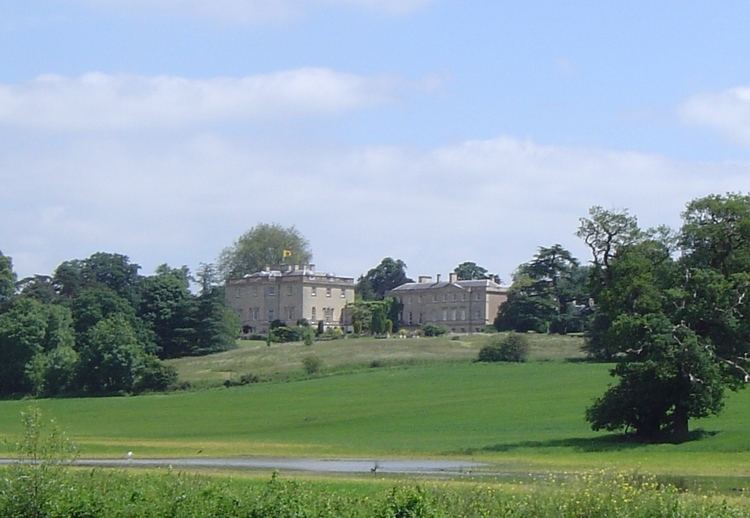Name Stiff Leadbetter Died August 18, 1766 | Role Architect | |
 | ||
Stiff Leadbetter (c.1705–18 August 1766) was a British architect and builder, one of the most successful architect–builders of the 1750s and 1760s, working for many leading aristocratic families.
Contents
Career
Leadbetter's career began when he was apprenticed as a carpenter in 1719, and he worked for the next decade or so as a journeyman carpenter. By 1731 he had settled in Eton, marrying Elizabeth Hill (born c.1709), daughter of a London timber merchant; and he worked as carpenter to Eton College from 1740. Leadbetter leased Eton College Wharf as his principal home and workshop from 1744. He was employed as a builder in his own right by the 1740s, and in the following two decades he worked both as a designer but primarily as a builder of many new country houses, hospitals and speculative urban development. In 1756 Leadbetter was appointed as surveyor of St Paul's Cathedral, and through this position also gained many ecclesiastical commissions.
Many of his buildings were built within a close distance of Eton. As a builder he carried out the designs of other architects, notably Robert Adam and James Stuart.
Leadbetter's patron was Francis Godolphin, second earl of Godolphin, and through him, Leadbetter was introduced to and employed by the dukes of Portland, Marlborough, and Bedford, the countesses of Essex and Pomfret, Lord Foley, Admiral Boscawen, Sir John Elwill, and others.
John Hawks, the architect of Tryon Palace, the official residence of the Governor of North Carolina, United States, trained under Leadbetter.
Appraisal
Leadbetter's work has been both praised and slightly damned by critics. Giles Worsley, who has written several articles about Leadbetter, stated
He was an innovative and possibly influential planner at a time when the design of the British country house was undergoing rapid change. His country houses, though plain in their interior and external detail, are imaginative, varied, and above all practical in their planning. Although he was not a leader in stylistic development, Elvills, Surrey (1758–63), was the first completely new house of the Georgian Gothic revival.
Langley Park, Nuneham House and Newton Park have been singled out as his best houses, with Newton Park described by Nikolaus Pevsner as "one of the finest country mansions of the 18th century in Somerset".
Less generous praise comes from other quarters, sometimes emphasising his earlier trade as a carpenter and ignoring his work as an architect: "a minor provincial carpenter and builder", "a second generation Palladian whose works lacked flair", a "competent but dull architect" and "a thorough but uninspired architect".
Leadbetter does not warrant an individual entry in Colvin's dictionary of British architects, but is described in another architect's entry as "the master carpenter employed to carry out Robert Adam's designs" (at Syon House, 1763-5).
Personal life
Leadbetter and his wife Elizabeth had five children in their short marriage, before Elizabeth died in 1737. Four of Leadbetter's children died before him.
